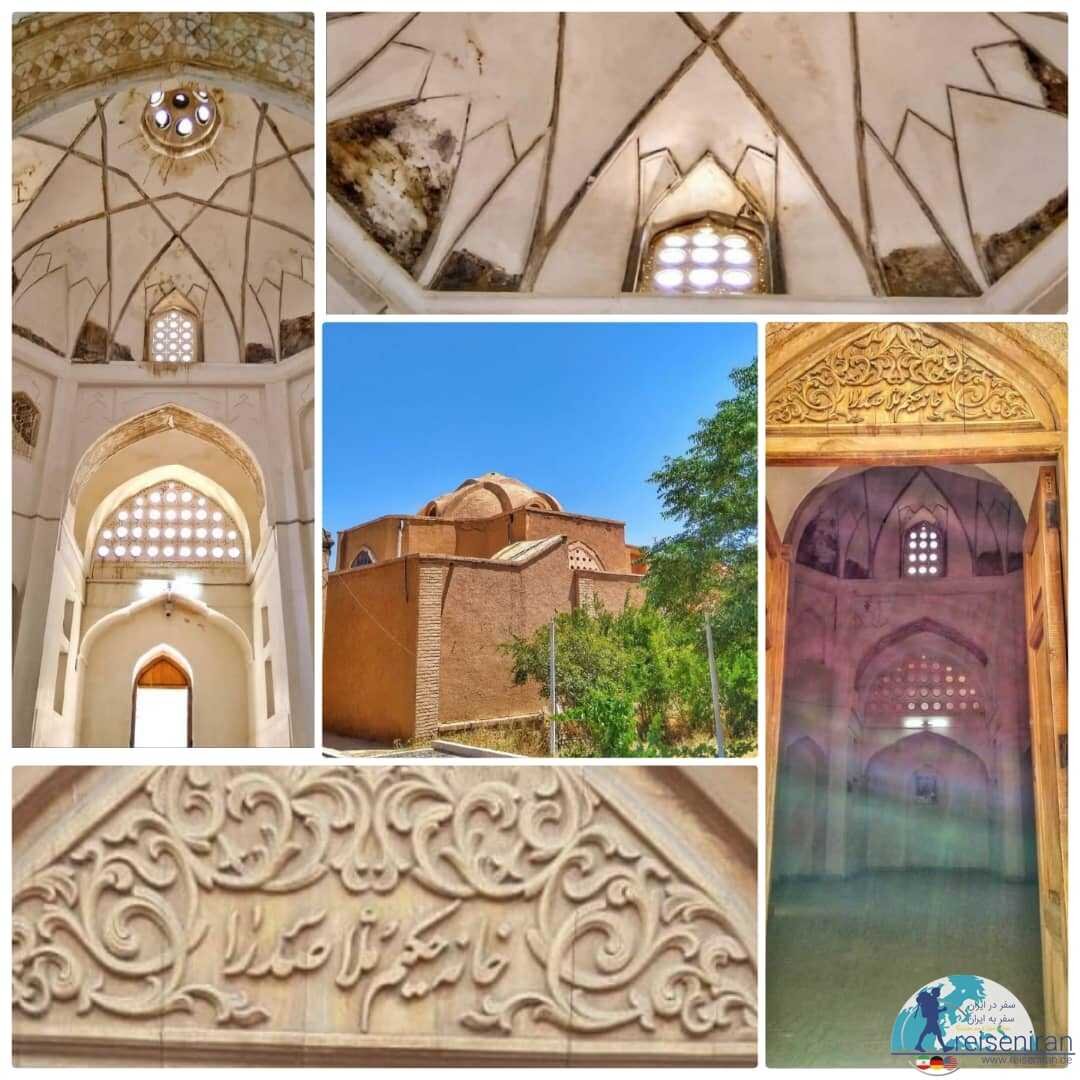Discover unmissable historical houses while traveling Qom

TEHRAN - The ancient city of Qom, known for its rich history and cultural heritage, offers visitors a unique glimpse into Iran’s past.
Among the city’s numerous attractions, the historical houses stand out as remarkable treasures that showcase the architectural and artistic achievements of different eras.
Furthermore, Qom is a city of spiritual significance, home to the revered shrine of Fatima Masoumeh (SA) and a center of Shia scholarship.
Exploring these houses allows travelers to step back in time and experience the grandeur and elegance of Persian design and craftsmanship.
Here are some of the historical houses in Qom that you should not miss:
Mulla Sadra’s House
Muhammad ibn Ibrahim Yahya Shirazi, known as Mulla Sadra, is one of the world’s greatest scholars and scientists in divine and Islamic philosophy. Born in 979 or 980 AH in Shiraz, he brought the philosophy of enlightenment to its peak.
Mulla Sadra’s traditional house in Iran, a remnant of the sage’s residence in Qom, dates back to the Safavid era. Located at the western end of Kahak village in the Chal Hamam neighborhood, it is surrounded by rural houses with the architectural texture of tropical areas.
The house features an attractive and old space with a high ceiling, a domed cover, black walls with floral linings, and simple bed decorations with beautiful applications on the four-sided roof, all in the Safavid style. Mulla Sadra’s house was registered as one of the national monuments of Iran in 1996 with the registration number 1821.
Allameh Rad’s House
The Allameh Rad Historical House is located near the old neighborhood of “Mir Square” and is a short distance from the holy shrine of Masoumeh. This historic house dates back to the Qajar era.
It was registered in the list of national monuments of Iran with the number 31838.
Shakeri’s House
Built during the Qajar era, Shakeri’s house faces the old bazaar of Qom and covers an area of 600 square meters. Situated at the intersection of two old passages, its main entrance is at the corner of the intersection. The traditional texture around the building has largely been preserved, with a number of buildings displaying original architecture still visible.
The main entrance of the building spans two floors and is decorated with brickwork and stone columns. The plinths on both sides of the entrance are made of beautifully engraved one-piece stones. Upon arrival, visitors enter a rectangular space that serves as the entrance porch and divides the building’s rooms, leading to the courtyard.
Shakeri’s house, characterized by the beauty of its forms and architectural decorations, boasts intricate brickwork, plasterwork, geometric patterns, and tilework, among other traditional decorations.
AM
Leave a Comment